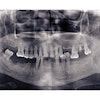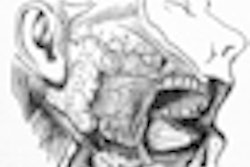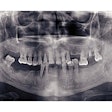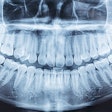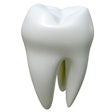Using a novel animal model to study craniofacial pain, researchers at the Oregon Health and Science University (OHSU) School of Dentistry have discovered that when tissues are inflamed, the nerve cells carrying pain information from the head to the brain produce in large quantities a protein involved in pain signaling. The finding could play a significant role in developing new treatments for craniofacial pain conditions, such as migraines, temporomandibular joint (TMJ) disorder, trigeminal neuralgia, and toothaches.
The study was published online on March 9 and will appear in an upcoming issue of the journal Neuroscience.
The research team previously found that trigeminal nerve cells make a molecule called brain-derived neurotrophic factor (BDNF), which plays a critical role in the development and normal functioning of the nervous system. They also showed that stimulation of trigeminal nerve cells, as experienced during craniofacial pain, leads to the release of BDNF and, in a separate study, noted that BDNF is involved in the mechanisms of migraines.
Now the team has found that tooth pulp inflammation of as few as two molar teeth leads to a dramatic and widespread increase in BDNF production by trigeminal nerve cells, even those not connected to the teeth.
"Thanks to a tremendous collaborative effort of experts in several different disciplines of dentistry and neuroscience, we were able to develop an amazing model to study molecular mechanisms of craniofacial pain using genetic manipulations," stated Agnieszka Balkowiec, M.D., Ph.D., principal investigator and an associate professor of integrative biosciences at the OHSU School of Dentistry, in a news release. "With this model, we will finally be able to dissect specific mechanisms of BDNF action and its role in inflammatory pain conditions."
Copyright © 2010 DrBicuspid.com


